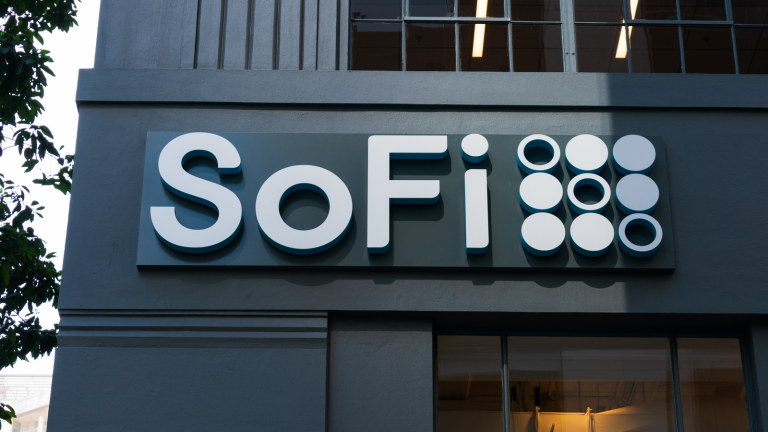Is Fintech Darling SOFI Stock a Hidden Gem or a Dud?


Source: Michael We / Shutterstock
It was always in the plan SoFi technologies (NASDAQ:SOPHIE) would become a bank. Banks can collect deposits and provide loans directly. So it was a red-letter day last year when SoFi won its national bank charter, after buying a small California bank called Golden Pacific. But that success has not yet benefited SOFI shareholders.
In fact, shares of SOFI stock are down 58% since the bank charter was received. And since going public through a SPAC, sponsored by “SPAC King” Chamath Palihapitiya, shares are down 71%. Even if you got in at the SPAC’s original value of $10/share, you’re out almost half of your money. Now notice the reveal. I still have money in SOFI stock.
SOFI stock: Patience, Grasshopper
SoFi may be a bank, but it’s a small one. Assets were $19 billion at the end of 2022. Many were also mistaken about what would happen to the banks when money started costing money. I expected that rising loan prices would lead to interest rate spreads, the difference between what banks pay depositors and what they collect from debtors, would rise. They did. But the value of the government loans banks use to cover their deposits and capital fell. That was what took SVB out.
The model for what SoFi can become is Charles Schwab (SNEEZE:SCHW). But while Schwab remains safe, it has been hit by customers moving money into money market funds, away from low-interest deposits. Morgan Stanley (SNEEZE:MS) recently downgraded Schwab, and shares are down 38% since the crisis began.
The fast track story at SoFi, and fintechs like it, was based on cheap money allowing investment returns to fund growth. The Federal Reserve has shattered that story. The other reason to like SoFi is the same reason I like Schwab. It is an online financial supermarket, with lower costs than traditional banks or brokers.
SoFi has a unique problem. It began life a decade ago with student loans, providing relief from what were then high interest rates. It still has a large student loan portfolio, and it wants to get paid. This proves a political as well as a legal minefield.
When is SoFi coming back?
Confidence in SoFi starts with a chart of the 2-year Treasury bill. Interest rates peaked a month ago at 5% and have fallen to 4%. Inflation appears to have peaked, from 8% at the start of the year to 6% now.
The result is to strengthen bank balance sheets, increase the value of bonds and encourage a shift from safe to riskier assets. This will benefit SoFi.
SoFi also has technological assets that other banks do not. It owns Galileo, which means it wholesales what it does to other banks. It owns banking software firm Technisys, so it can help banks process the business they’re already doing. It just bought Wyndham Capital Mortgage, putting it in the mortgage business.
SoFi puts all of its customers’ money in the palm of their hands. It does wholesale and retail business, and sells the software other banks need to compete in this new landscape. At Tipranks, eight out of 11 analysts still have it on their buy lists.
What to do now
I’ve always said that SoFi is a long-term play. SoFi will publish results on April 11, with an expected loss. Another loss is expected for the second quarter. But it should break even, or come close to it, by 2024. It’s not going to go “to the moon,” but it’s going to rise sooner than you think it will. Markets tend to look six months ahead.
At the date of publication, Dana Blankenhorn held long positions in SCHW and SOFI. The opinions expressed in this article are those of the author, subject to InvestorPlace.com Guidelines for publication.
Dana Blankenhorn has been a finance and technology journalist since 1978. His 10th novels The time tunnel, now available in the Amazon Kindle store. Sign him up [email protected] or tweet him at @danablankenhorn. He writes a Substack newsletter, Facing the futurecovering technology, markets and politics.























